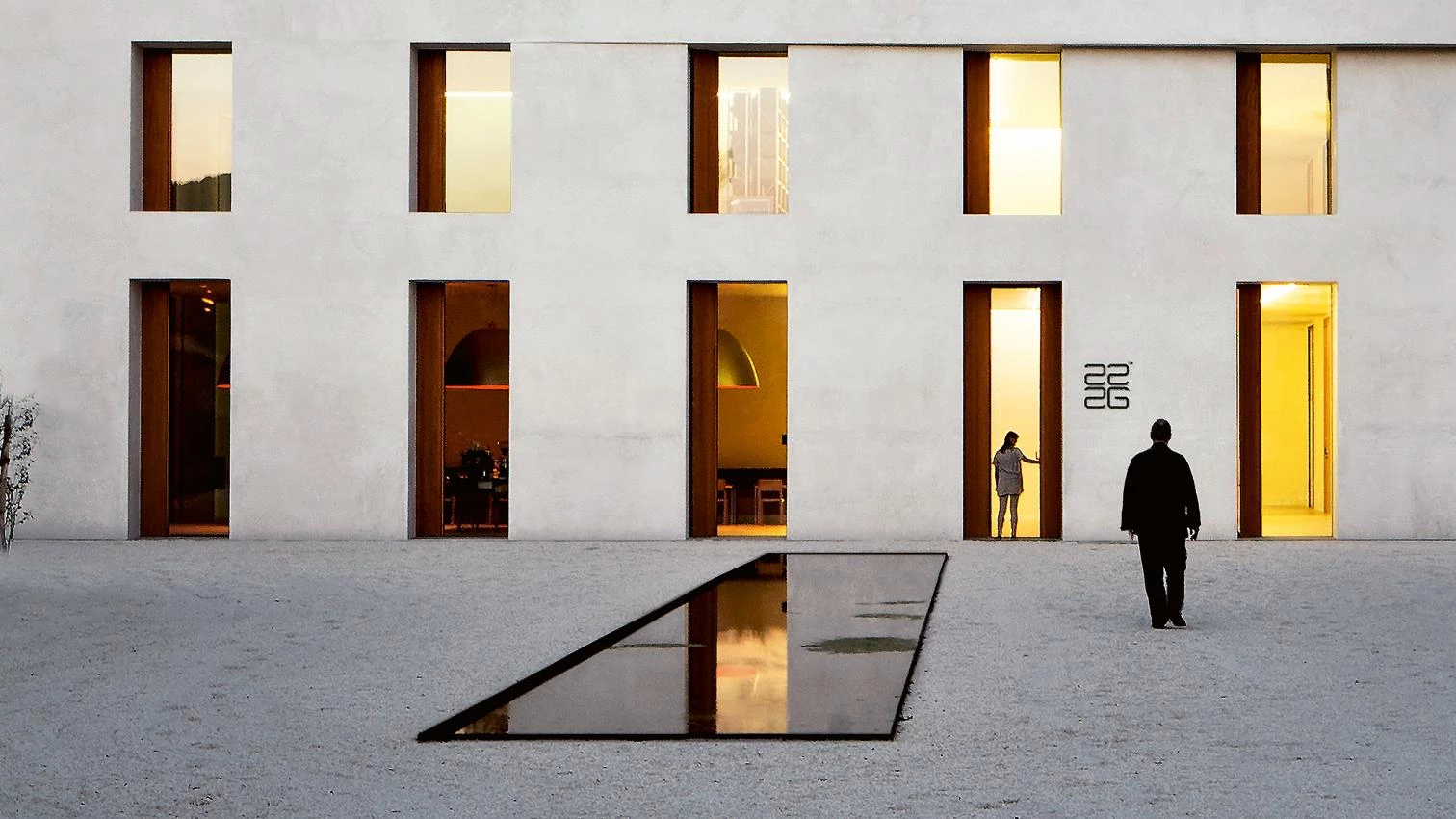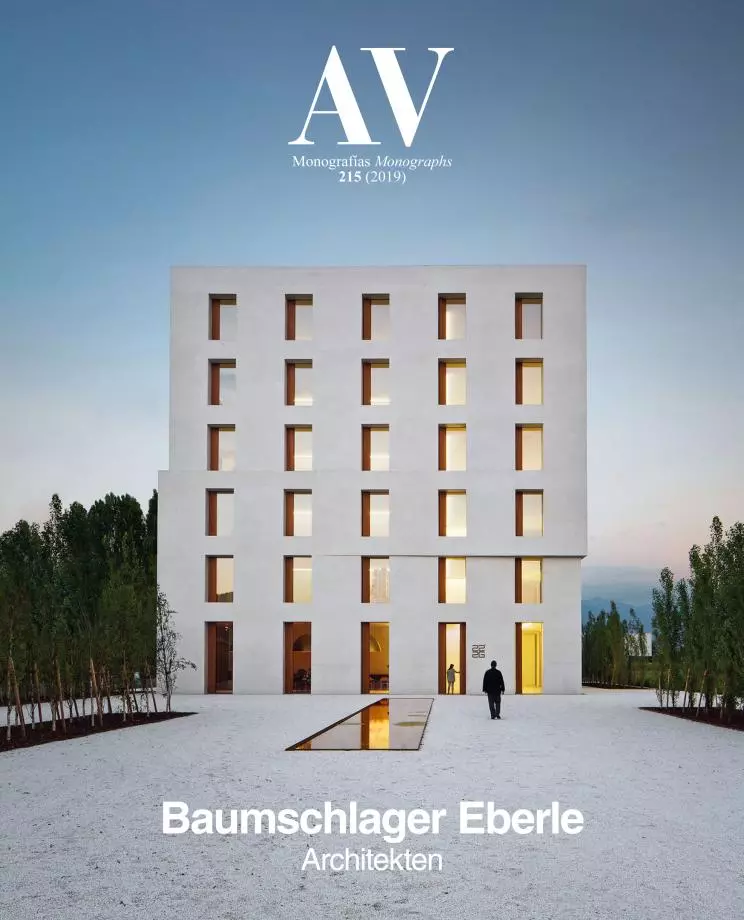
Florian Aicher (FA): Several years have passed and the interest in 2226 has not subsided. The focus is very much on the subject of energy. Does that do the building justice?
Dietmar Eberle (DE): The energy focus is important, but it is a partial aspect and by no means reflects the overall significance of the house. The high level of recognition tells me that people know that with comprehensible, transparent methods that correspond to convention, results can be achieved today, which are otherwise only achieved with “a lot of technology.” 2226 provides evidence to the contrary and is undoubtedly sustainable. The building technology used here has a lifespan far beyond that of technical equipment. We’re talking about several lifetimes in comparison with the fifteen years after which such equipment is amortized. If one includes the expenses for installation, operation, maintenance and disposal, the contrasts are even greater. But there is yet another aspect: the utilization neutrality of the house is sustainable. The building presents a ‘field,’ in which people with their individual background can develop their own story in the future. That goes far beyond the immediate needs of a usage program for today. It also goes beyond the energy aspect but in the long term it’s crucial for maintaining our environment. We have to re-learn how to build in longer timeframes, in contrast to the conventional wisdom of the 20th century in which it was common sense to replace buildings every thirty years, when they were financially written off. For social, ecological and economic reasons, it is no longer possible to do that.
Prolonging Useful Life
FA: The term ‘sustainable’ has been expanded from the more narrow ecological definition to include the social realm. As individuals and their history move more into the focus of the discussion, occupants of the object will take on greater importance than the object itself.
DE: History teaches us that buildings have to be robust. Robust refers to the materiality of the building and its simplicity, but also to the architectural qualities of the building: arrangement and dimension of the rooms, daylight – the ability to provide comfort and well-being. This type of robustness guarantees a long life for the building instead of assigning the users a kind of compulsory happiness. In that sense well-being involves more than usage qualities in the building. A building of this quality also contributes to the atmospherics of the location...[+]





